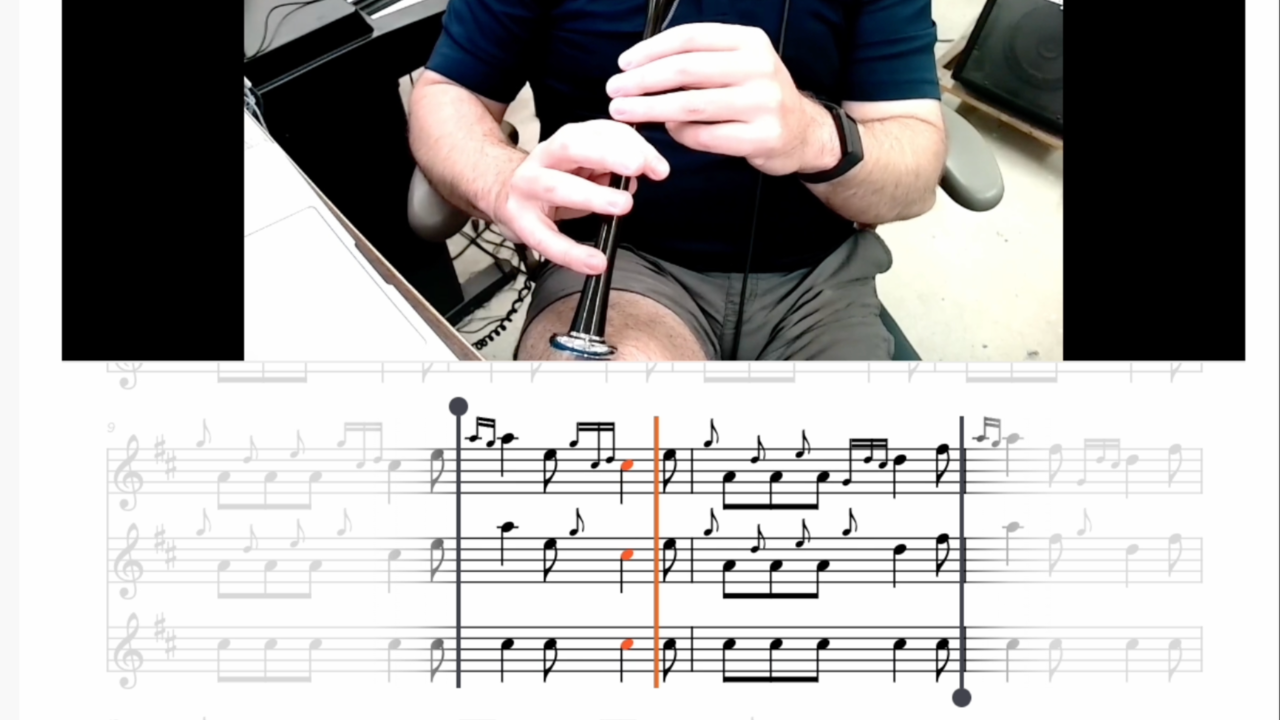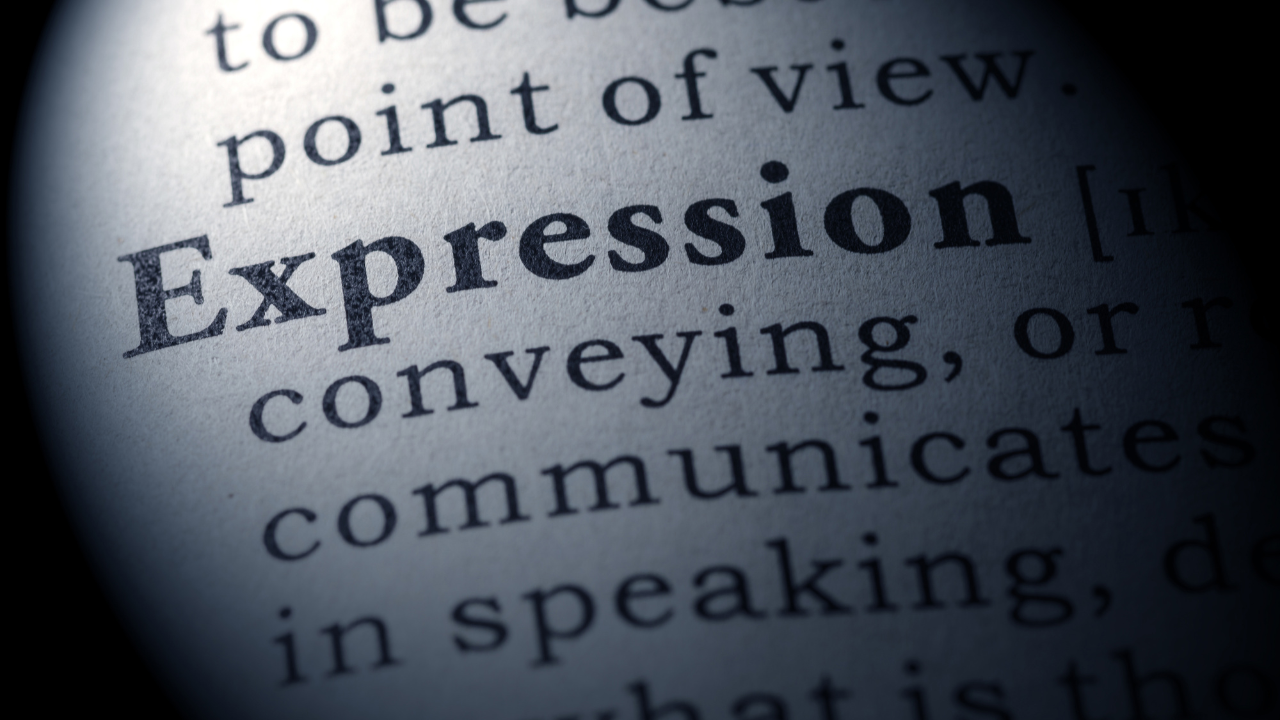Calibrating Your Reeds
May 22, 2024
Calibration is the art of setting up your reeds to take the perfect, most efficient amount of air so that they work together to produce a stable sound.
It’s all about matching your drone reed strength to suit the strength of your chanter reed.
If your reeds are all taking different amounts of air, or all taking too much air relative to the strength of your reed, you’ll end up with a really loud, unsteady, untunable drone sound!
So to achieve the most efficient (and resultantly most “solid”) set-up, your drone reeds need to be matched perfectly to the strength of the chanter.
A chanter that is too easy relative to the drones means by definition an inefficient bagpipe.
If the drones are more open than they need to be, that means you’re using more air, more moisture, and more energy than you need to operate your bagpipe.
Drones that are too “open” will be less steady, thus will be harder to tune.
The more open a drone reed is, the more they will change with changes in pressure. Therefore, they’ll be harder to “lock” in with each other if they are more open than they need to be.
Step 1: Calibrating Your Chanter Reed to One Drone
First, cork off your bass and a tenor. Play Low A on your chanter with one drone going. Your drone reed should shut off when you blow too hard on your chanter. Gradually increase your blowing pressure until you know you’re blowing too hard. Does the reed shut off? It should.
Here’s why: If your drone reed shuts off when you blow too hard on your chanter, you know it’s taking the minimum amount of air necessary when you’re blowing normally.
If your drone doesn’t shut off, adjust the bridle on the drone reed down, towards the end of the tongue. Most synthetic reeds will only need the slightest adjustment (too much and the reed won’t sound at all). If, by chance, your reed is shutting off too soon, adjust the bridle away from the tip of the tongue.
Note: if you aren’t sure how to do this, be sure to have a teacher show you a couple of times. Reeds are expensive, so you need to be careful not to damage them in the process of adjusting the bridles. It’s not hard, but it’s worth being shown a time or two.
Step 2: Calibrating Your Drone Reeds to Each Other
Now that the first reed is calibrated, we need to calibrate the other two drone reeds to the strength of the first.
Cork off the chanter, and open up a second drone. Gradually increase the pressure in the bag, in hopes that the two drones will shut off at exactly the same pressure.
Do they? If the “new” (recently opened) drone shuts off later than the first, you’ll need to close it down a bit, by moving the bridle towards the tip of the tongue. If it shuts off too early, move the bridle away from the tip of the tongue. When they shut off at exactly the same pressure, then move on to the third drone and perform the same task.
If all the drone reeds shut off when you blow too hard, that means when you blow normally, the reeds are taking the minimum amount of air.
Now, we add in the extra step – if the drone reeds are all taking the SAME amount of air, that means they will all react the SAME to changes in blowing.
They’ll be steadier, stay in tune, and take on the same amount of moisture.
The Piper’s Dojo Weekly Show brings you weekly advice about how to be a better bagpiper. Tune into our weekly livestreams on our Facebook page, subscribe to our YouTube channel or wherever you listen to your favorite podcasts!
Stay connected - subscribe to our free Weekly Digest!
Get bagpipe knowledge delivered to you every Monday! Tips and tricks, podcasts, special offers, and more.
We hate SPAM. We will never sell your information, for any reason.




